
Endangered Species of Animals and Plants. The list of endangered species of animals and plants is often a changing one. Populations shrink, grow, and even disappear. There are databases that track these plants and animals, providing their regions and threat level. There are also efforts underway to bring back populations of endangered species of animals and plants.
The IUCN Red List is a record keeper of endangered animal and plant species. Formed in 1963, it evaluates the threat level of plants and animals on a global scale. Over time, they have fine tuned their systems to indicate threat levels down to national and regional areas. Its main aim is to express the importance of conservation to elected officials and to the public and urge communities to adopt practices that endeavor to reduce species' extinction.
The USDA's database, PLANTS, is an extensive database of information regarding liverworts, hornworts, mosses, vascular plants, and lichens of the United States and its regions. It contains a special threatened and endangered section, which contains the endangered plants that are protected by the United States federal government as well as the states. Even though some states do not have laws protecting plants, flora and fauna that are considered historical, or are otherwise listed by said state, even if they are not technically threatened, will appear in the PLANT database.

There are different ways species of plants and animals can become endangered. Overexploitation can reduce populations rapidly. For example, by the middle of the 20th century whale populations had sunk very low due to unrestricted whaling. While regulations have helped some populations bounce back, others remain endangered. Another way animals and plants can become endangered is through the introduction of exotic species. These can include plants or animals that are foreign to an environment, and over time disrupt the ecological framework in an area to such a degree that other populations become endangered.

Captive breeding is the method of raising plants and animals in a human controlled environment, often with the intention of preserving endangered species. While it is possible to maintain genetic diversity in a captive breeding setting, there is always the risk of inbreeding amongst animals and reduction in overall fitness. However, there are efforts underway to help reduce these effects. Despite these efforts, though, there is still the question of whether the bred animal can survive once let out of captivity and into the wild.

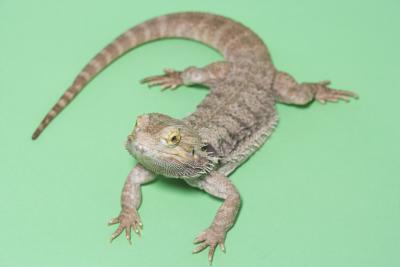 How to Raise Baby Bearded Dragons
How to Raise Baby Bearded Dragons
How
How to Raise Baby Bearded Dragons
How to Raise Baby Bearded Dragons
How
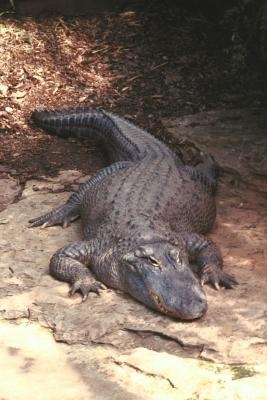 The Different Teeth in Alligators
The Different Teeth in Alligators
The
The Different Teeth in Alligators
The Different Teeth in Alligators
The
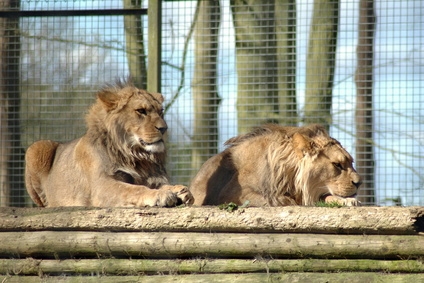 Exotic Pet Laws in Georgia
Exotic Pet Laws in Georgia
Exotic Pet
Exotic Pet Laws in Georgia
Exotic Pet Laws in Georgia
Exotic Pet
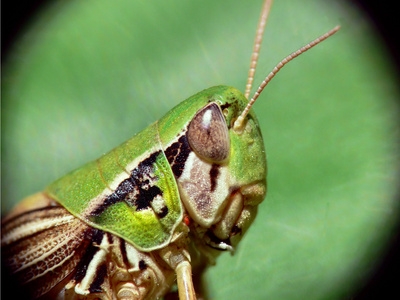 Can Grasshoppers Survive Indoors?
Can Grasshoppers Survive Indoors?
Can
Can Grasshoppers Survive Indoors?
Can Grasshoppers Survive Indoors?
Can
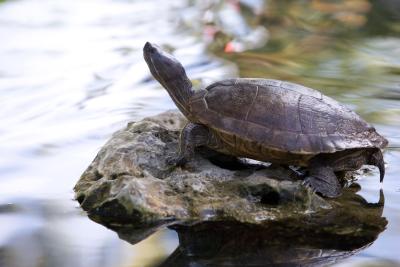 Different Ways to Set Up a Tank for a Turtle
Different Ways to Set Up a Tank for a Turtle
Different Ways to Set Up a Tank for a Turtle
Different Ways to Set Up a Tank for a Turtle
Copyright © 2005-2016 Pet Information All Rights Reserved
Contact us: www162date@outlook.com